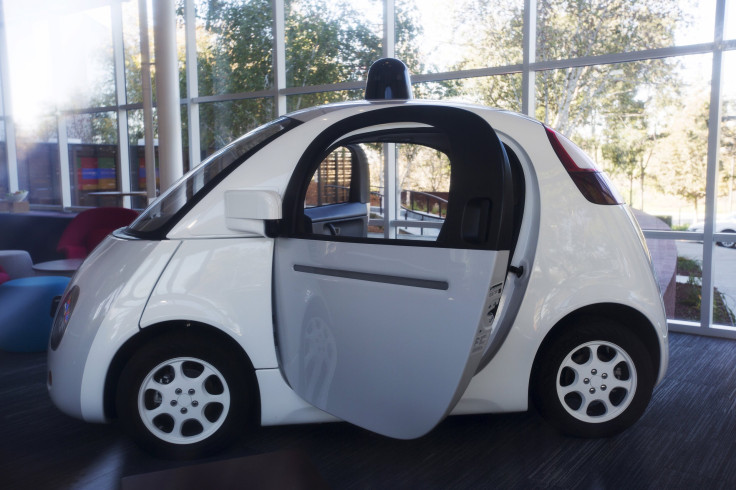Google’s Driverless Car Effort Gets Green Light As US Government Says Robots Qualify As Drivers

Google's self-driving car effort received a major boost from the U.S. government when a transport regulator said that the robots powering the company's autonomous vehicles could meet the legal definition of a driver.
In a letter to Chris Urmson, the head of Google's driverless car initiative, the National Highway Traffic Safety Administration (NHTSA) said the traditional idea of a driver has been changed by technology.
“NHTSA will interpret ‘driver’ in the context of Google’s described motor vehicle design as referring to the [self-driving system], and not to any of the vehicle occupants,” Paul A. Hemmersbaugh, chief counsel at NHTSA, said in the letter. “We agree with Google its [self-driving vehicle] will not have a ‘driver’ in the traditional sense that vehicles have had drivers during the last more than one hundred years.”
The regulator said it would consider drawing up a new set of rules to reflect this shift, but added that the process would take a substantial amount of time, and that Google and others would have to continue to apply for exemptions to the current rules if they wanted to test their autonomous vehicles.
The response from the NHTSA came after Google sent two letters to the regulator in November and January seeking clarification on a number of points. Among the issues, Google "expresses concern that providing human occupants of the vehicle with mechanisms to control things like steering, acceleration, braking ... could be detrimental to safety because the human occupants could attempt to override the (self-driving system's) decisions," the letter says.
In response, Hemmersbaugh said Google's insistence on removing the steering wheel and pedals from the car completely should be reconsidered, something which California regulators already insisted the search giant do, earlier this year.
Regulation is seen as one of the major stumbling blocks to the development of autonomous vehicles in the coming years and this decision by the NHTSA will be seen as a welcome move by everyone involved in the development of autonomous vehicles — a group that includes traditional carmakers as well as technology companies like Google and reportedly Apple.
“The intricate maze of legal questions surrounding autonomous vehicles is as big a hurdle to their arrival as the remaining technological challenges,” Karl Brauer, a senior analyst for Kelley Blue Book, said in a statement.
“However, if NHTSA is prepared to name artificial intelligence as a viable alternative to human-controlled vehicles, it could substantially streamline the process of putting autonomous vehicles on the road. Questions of fault and liability will remain, but if a computer driver has the same legal rights as a human driver it could allow car companies, and tech companies, to quickly deploy autonomous vehicles on public roads, both for testing purposes and even public use,” Brauer added.
Last month, the White House announced plans to invest $4 billion to put driverless cars on American roads as safely and expeditiously as possible. The funds will go toward creating a standardized list of rules for driverless cars across the country, replacing the current patchwork set of state-level rules.
© Copyright IBTimes 2025. All rights reserved.





















